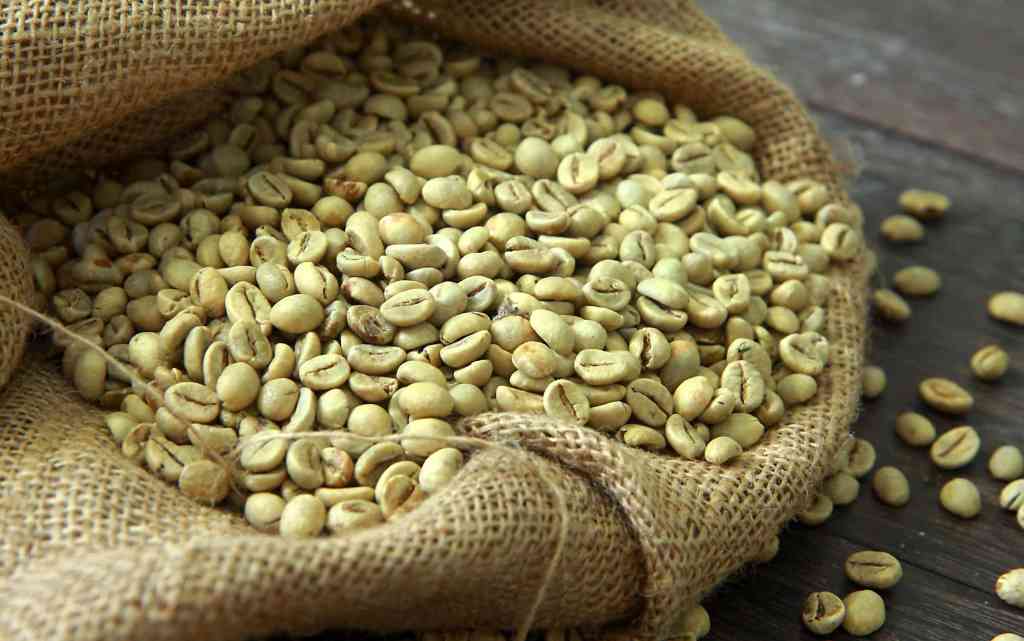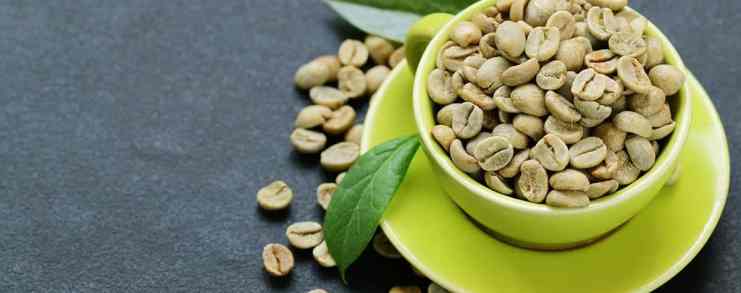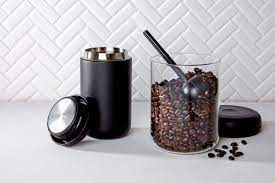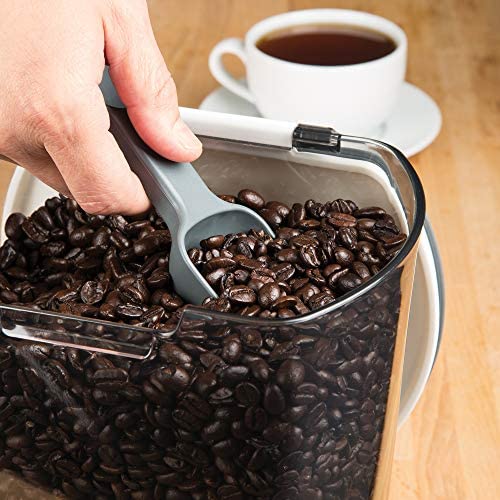Green Coffee: The Unroasted Beans that Make Delicious Coffee
Most people are familiar with roasted coffee beans, but did you know that coffee beans start out as green, unroasted seeds? In this blog post, we’ll take a closer look at green coffee and why it’s an important part of the coffee-making process.
Green coffee beans are the seeds of the coffee plant, known scientifically as Coffea. These seeds are found inside the fruit of the coffee plant, which is called the coffee cherry. When the cherries are ripe, they are picked, and the seeds are removed and dried. At this stage, the seeds are still green and have a slightly grassy, earthy aroma.

But why are coffee beans roasted? The roasting process is what gives coffee its delicious aroma and flavor. When the green coffee beans are heated to high temperatures, the chemical composition of the beans changes, and they begin to release gases. This is what gives roasted coffee its characteristic aroma and flavor. Different roasts, from light to dark, are achieved by roasting the beans for different amounts of time at different temperatures.

The roasting process also has an impact on the caffeine content of coffee. As the beans are roasted, some of the caffeine is burned off, so light roasts tend to have more caffeine than dark roasts. Additionally, the roasting process can affect the acidity of coffee, with darker roasts tending to be less acidic than lighter roasts.
In conclusion, green coffee beans are the unroasted seeds of the coffee plant. They are transformed into the delicious, aromatic roasted coffee that we know and love through the roasting process. Whether you prefer light, medium, or dark roasts, the green coffee beans are an essential part of the coffee-making process.










